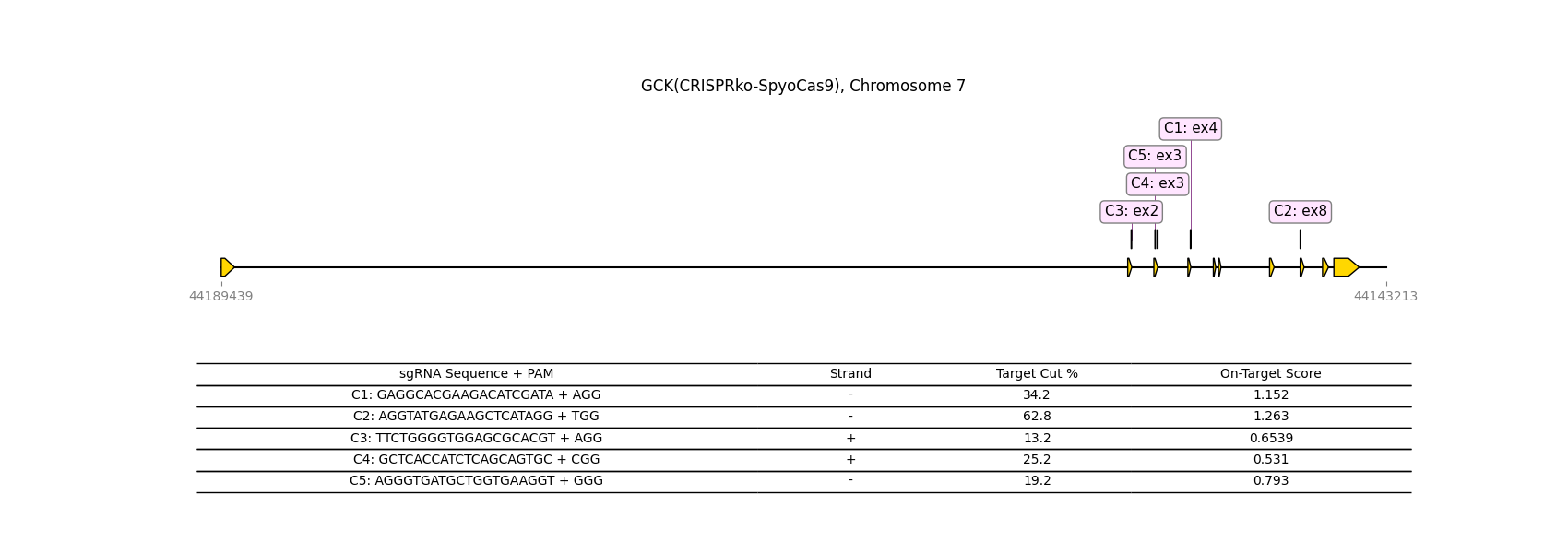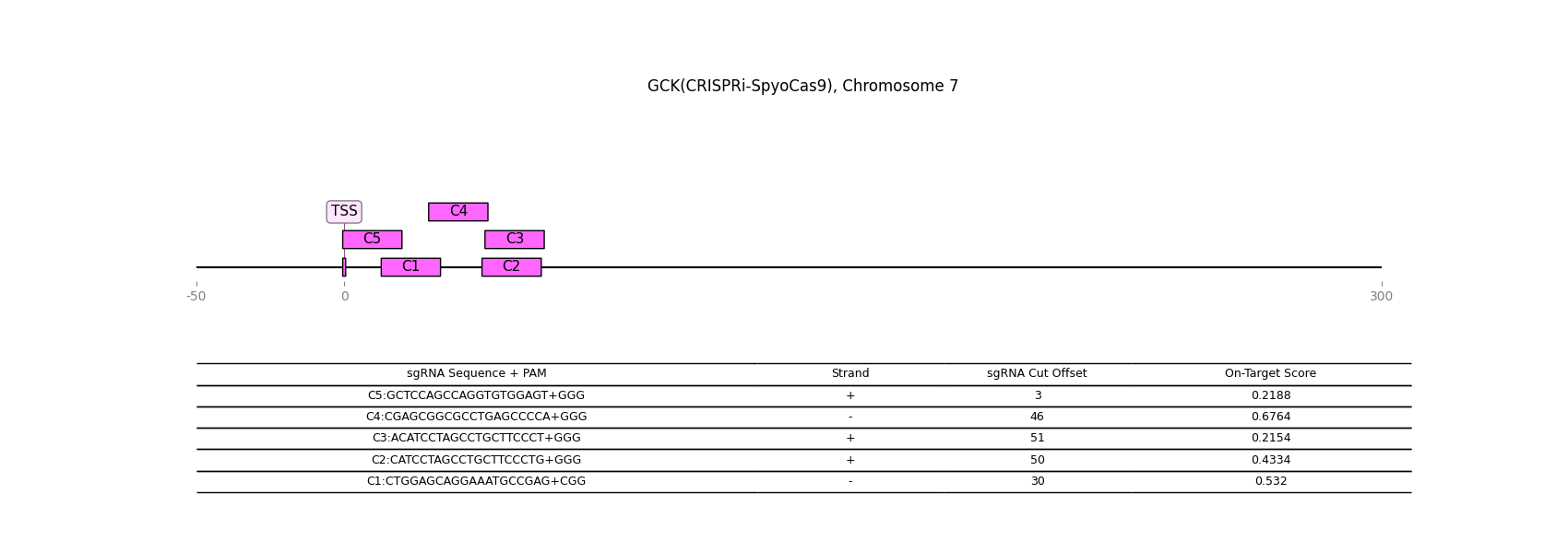Gene Details: GCK
1 / 1
General Information
Gene Name: GCK (Hexokinase-4)
Synonym:
Short Names: HK4;
Alternative Names: Glucokinase;Hexokinase type IV;Hexokinase-D;
Notes:
- HK4 catalyzes the phosphorylation of hexose, such as D-glucose, D-fructose and D-mannose, to corresponding hexose 6-phosphate.
- Mainly expressed in pancreas and liver, it exhibits weak affinity for D-glucose compared to other hexokinases.
Description from Dr.Glyco-GPT:
Warning: LLMs can generate factually incorrect information, as they simply predict the next word based on training data. Always verify LLM output by cross-checking with reliable sources!
Catalytic Activity

Reaction and Disease Links
EC # (IUBMB):
2.7.1.1
Brenda:
2.7.1.1
KEGG: 2645
Transcript levels (Cell lines and Single cell data) URL
CRISPR-knockout

CRISPR-activation

CRISPR-inactivation

Transcription factor-gene relationship (details at glycoTF page)
Top 10 TFs
| TF | Score |
|---|---|
| ZNF580 | 0.009890 |
| RBFOX2 | 0.009122 |
| SMARCC2 | 0.008978 |
| HSF1 | 0.008295 |
| TRIM28 | 0.008213 |
| RERE | 0.008094 |
| DMAP1 | 0.007952 |
| SMAD2 | 0.007948 |
| SSRP1 | 0.007908 |
| RING1 | 0.007890 |
Licensing: CC BY 4.0. You are fee to copy, redistribute, remix, transform and build upon all material, except for textbook figures from the Essentials.